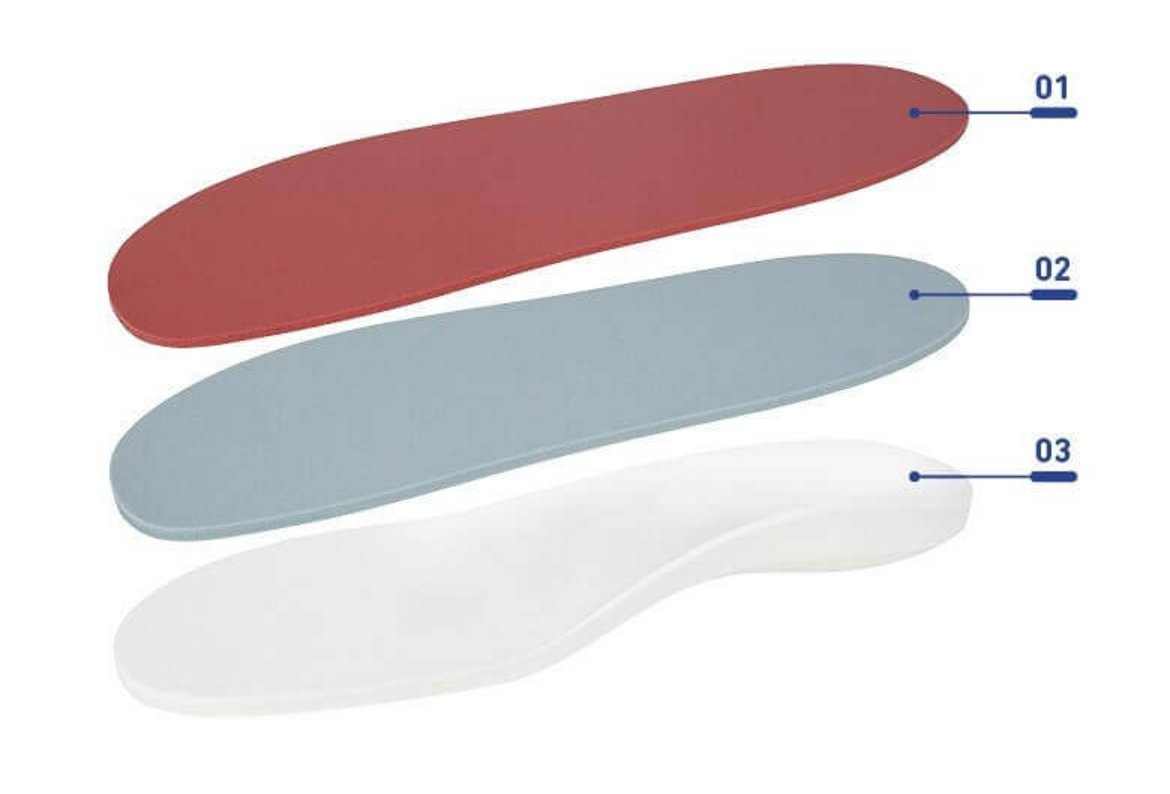People with diabetes need particular protection
Diabetes is often associated with particularly sensitive feet and foot deformities which lead to localized pressure points. ErgoPad soft Diabetes offers an optimal footbed for patients in risk groups 0 to II.* The foot orthosis distributes your body weight evenly over the entire foot. This prevents increased pressure on the sensitive spots and lowers your risk of injury and wounds. This is particularly important since the sensation of pain decreases as the disease progresses. Many people with diabetes realize too late that their feet are injured.
The special viscoelastic material of ErgoPad soft Diabetes re-adapts to the shape of your feet each time it is worn and returns to its original height when not being used.
Specialist advice
ErgoPad soft Diabetes is only available from medical retailers. The orthotist will measure your feet and then use the orthotic blank to prepare a customized foot orthosis for you. This is suitable for many comfort shoes with a removable insole.

![[Translate to English:] ErgoPad® soft Diabetes ErgoPad® soft Diabetes](/fileadmin/_processed_/e/3/csm_ergopad-soft-diabetes_4ec0d575af.jpg)
